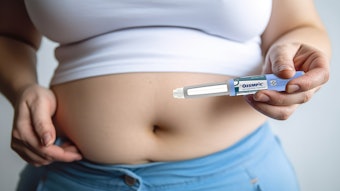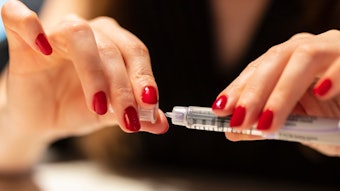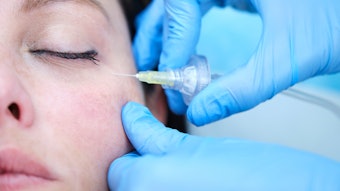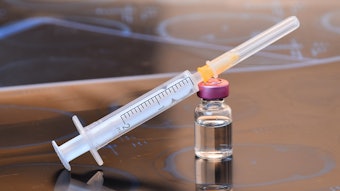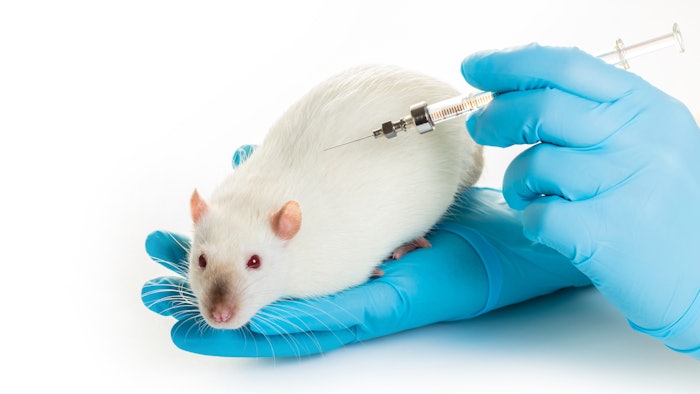
Researchers have identified a promising approach for durable reconstruction of soft-tissue defects: An injectable nanofiber hydrogel composite enriched with fractionated fat. As published in Plastic and Reconstructive Surgery (March 2022), Dominic Henn, MD, et al, obtained fractionated fat by emulsifying groin fat pads from rats, and then mixed the fractionated fat in a 3:1 ratio with nanofiber hydrogel composite. They implanted either nanofiber hydrogel composite with fractionated fat or nanofiber hydrogel composite alone into the groins of rats (n = 8 per group).
Related: Most Effective Method for Fat Graft Preparation
They euthanized the rats after 21 days and explanted the tissue for histologic analysis, which included the use of immunofluorescent staining and confocal laser scanning microscopy to quantify CD34+ progenitor cell and macrophage subpopulations.
Related: PRP vs. Fat Grafting for Acne Scars
The nanofiber hydrogel composite with fractionated fat tissue maintained its shape without shrinking and showed a significantly stronger functional vascularization compared to composite alone after 21 days of implantation (mean vessel count, 833.5 ± 206.1 versus 296.5 ± 114.1). In addition, tissue heterogeneity and cell count were greater in the hydrogel composite with fractionated fat group (mean cell count 49,707 ± 18,491 versus 9263 ± 3790), with a significantly higher number of progenitor cells and regenerative CD163+ macrophages compared to composite alone.

